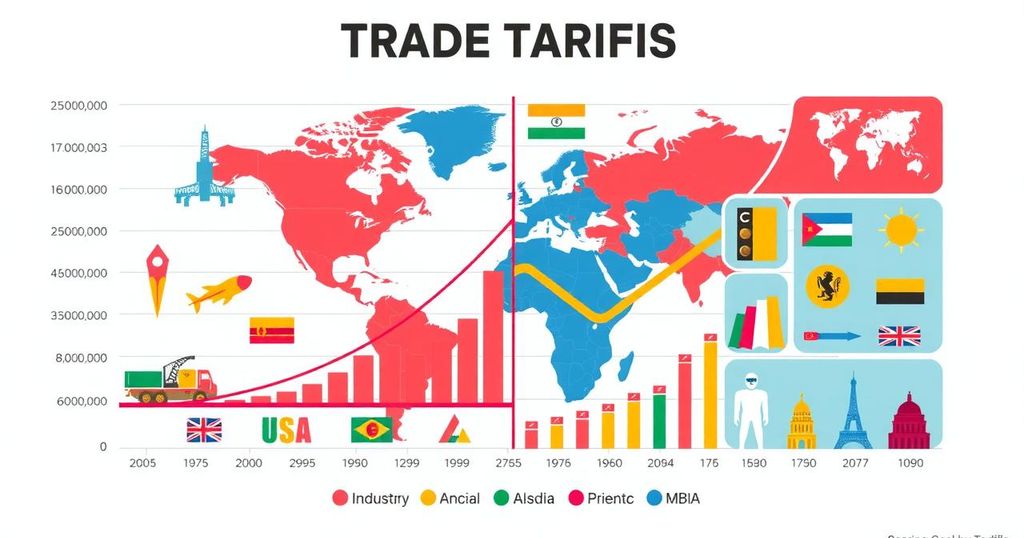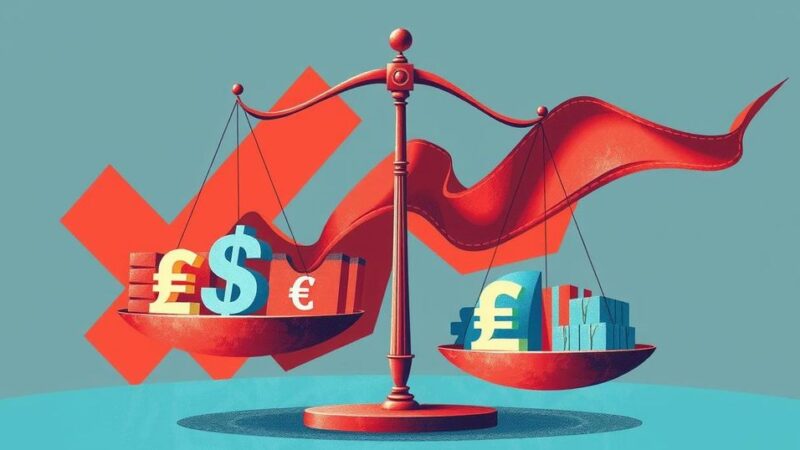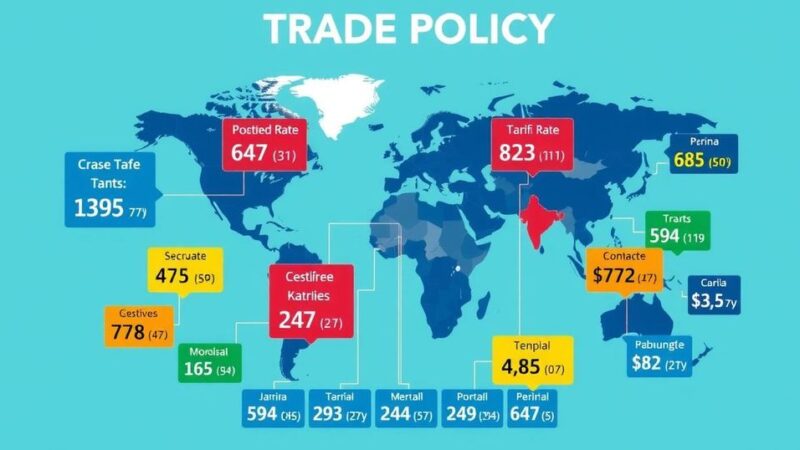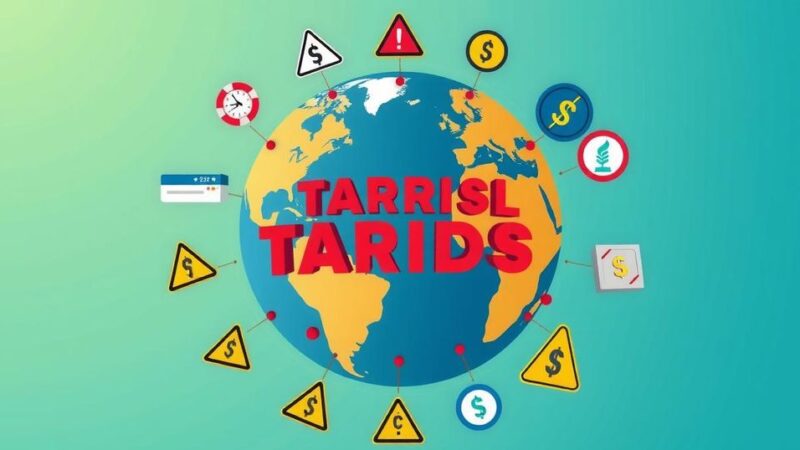The White House has criticized India’s testing regulations and tariffs, indicating that U.S. exports could increase by $5.3 billion if these barriers were lifted. President Trump signed an executive order addressing these issues, highlighting significant tariff discrepancies between the U.S. and India. The U.S. aims to implement reciprocal tariffs to level the trade playing field.
The White House has articulated concerns regarding India’s extensive testing requirements across various sectors, labeling these practices as burdensome for U.S. companies aiming to sell their products in India. A report from the White House indicates that eliminating such barriers could potentially boost U.S. exports by approximately $5.3 billion annually.
On April 2, 2025, President Trump enacted an executive order titled “Regulating Imports with a Reciprocal Tariff to Rectify Trade Practices that Contribute to Large and Persistent Annual United States Goods Trade Deficits.” Trump characterized this day as “Liberation Day,” emphasizing a rebirth for American industry. This order specifically addresses the tariffs imposed by India on U.S. products, as detailed in an associated fact sheet.
The executive order highlights a discrepancy in tariff rates, revealing that while World Trade Organization (WTO) members are expected to bind their tariff rates on a most-favored-nation basis, India maintains significantly higher average rates. For instance, the U.S. average MFN tariff is notably low at 3.3 percent whereas India’s rate stands at 17 percent, surpassing many other trading partners.
The executive order also notes stark contrasts in tariffs on specific products. For example, the U.S. applies a 2.5 percent tariff on passenger vehicles, while India imposes a substantial 70 percent duty on the same imports. Similar discrepancies exist for electronic products and agricultural goods—affecting the competitive landscape for U.S. businesses.
During the announcement, Trump presented a chart delineating the tariffs imposed by various countries, including India’s 52 percent tariff rate on U.S. products. He declared that the U.S. would implement “discounted reciprocal tariffs” of 26 percent on India as a countermeasure. Trump remarked, “India, very, very tough. Very, very tough,” acknowledging his friendship with India’s Prime Minister while insisting on fairer trade practices.
In summary, the U.S. administration has raised significant concerns regarding India’s tariff practices, proposing changes that could enhance U.S. exports. The executive order underscores the disparities in tariff rates between the U.S. and India, with the latter imposing some of the highest rates on American products. By implementing reciprocal tariffs, the U.S. aims to rectify these imbalances and foster a more equitable trade relationship moving forward.
Original Source: m.economictimes.com






